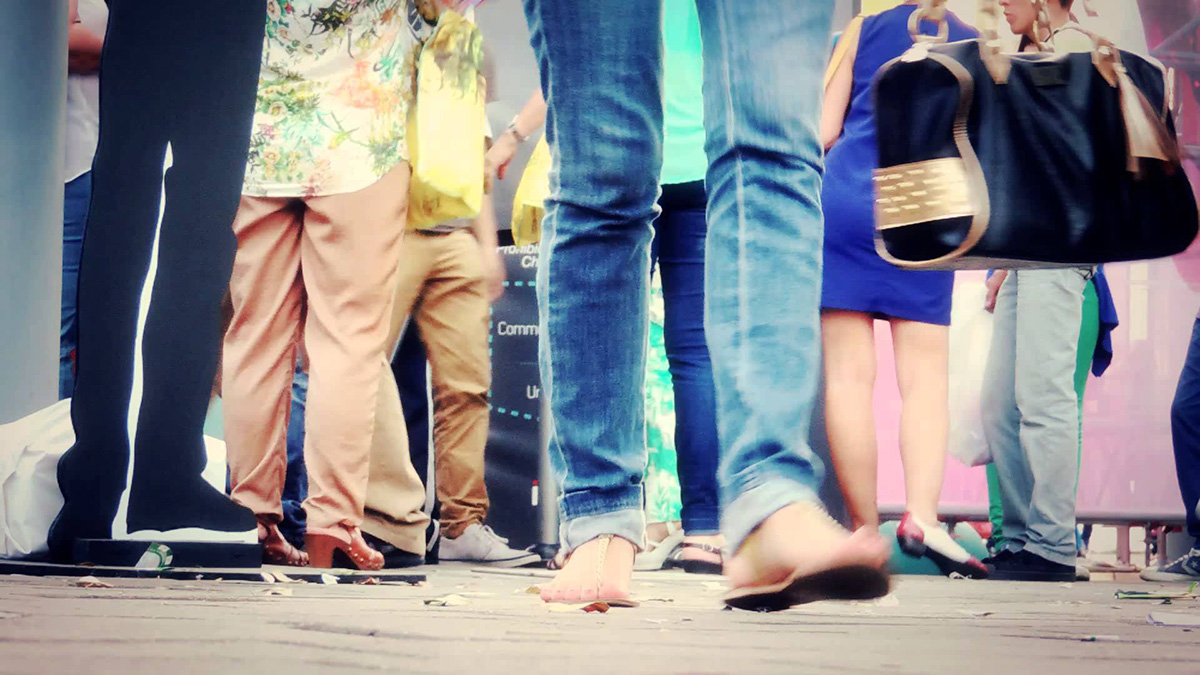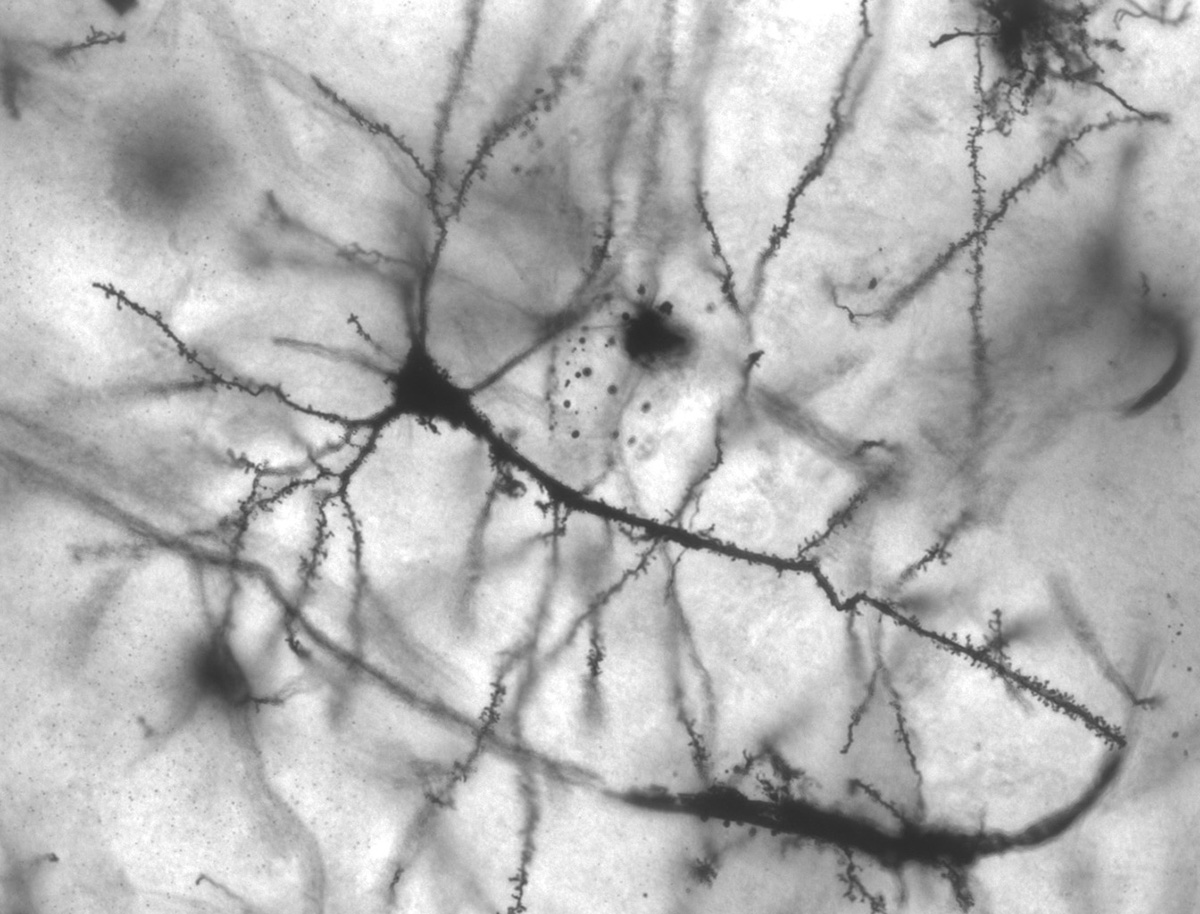Olfactory ensheathing glia cells are present from the simplest invertebrates to human beings. Glia is Greek for "glue", referring to the property of maintaining neurons together.
"The olfactory system and OECs (as an exceptional case in the nervous system), can replace lost nervous cells as they wrap neuronal axons and produce the conditions that make olfactory neurons multiply. This has made these cells to be transplant candidates for the central nervous system," said Universidad Nacional de Colombia (UNal) Faculty of Veterinary Medicine and Zootechnics Professor and Biomedical Sciences Ph.D. candidate Lucía Botero Espinosa.
Rosa Gómez and Kemel Ghotme, researchers from the Universidad de La Sabana and UNal colleague Orlando Chaparro also contributed to the project thanks to funding from the Colombian Administrative Department of Science Technology and Innovation. Botero demonstrated that rats with complete brainstem lesion recovered the mobility of their lower limbs after an OEC transplant, carried out in an autologous manner (cells obtained from the same individual.)
She says that these types of cells have been used in Colombia during an acute lesion stage, i.e. minutes after an accident, although they had not been tested in chronic stages, in other words, months after a traumatic event.
For the aforementioned reason, the purpose of the project was to demonstrate that these cells obtained from the nose can repair lesions not only at the primary level but also in later stages. Any progress in this field is hope for close to 894,000 Colombian nationals which have brainstem lesions and cannot move their lower limbs.
"There are palliative procedures to treat medullar lesions which help mitigate pain, but none of them contribute to recover the functionality of affected patients," said Botero.
Reestablished connection
During the first stage of the project, the researchers grew and maintained a 10-day culture of pathogen"free rat OECs. They used 28 rats, 18 of which were transplanted and 10 used as control.
After the procedure, the researchers analyzed the evolution of the rats after 75 days and control every other day. They carried out three tests: First the rats were placed in a corridor to observe mobility, second on top a sloped grid and third they were lifted to see if they could sustain themselves on the hind legs.
"Before the transplant, the rats practically crawled, and the mobility of their hind legs was null. After the operation a good portion of the rats recovered their mobility," said Botero.
She stated that where there is a brainstem lesion axon connections are completely lost, a situation known as glial scar formation and the cavity is entirely hollow with no neuronal link, therefore no mobility.
"The transplanted OECs regenerated medullary axons and reestablished the connection," she added.
The following stage consisted of assessing axon regeneration and remyelination of rat bone marrow. Myelin is the substance which makes neuronal impulses travel faster across axons.
With a technique known as confocal laser scanning microscopy which helps visualize green colored axons and red glial scarring, they proved that after three months of the transplant axons had regenerated and the glial scarring had been reduced. They also observed that axons effectively remyelinated.
Thanks to the results of the research project Botero was granted first prize in the "Oral presentation" category during the Veterinary Congress held in León (México).
In fact, Botero announced that the following step to test OECs transplants in other species, especially in dogs. "Many dog owners aware of this new alternative ask us to use the option on their pets so they can restore their mobility. If we demonstrate the success of the technique in dogs, Colombian science is closer to offering the alternative to people with these types of lesions," she added.
 Correo Electrónico
Correo Electrónico
 DNINFOA - SIA
DNINFOA - SIA
 Bibliotecas
Bibliotecas
 Convocatorias
Convocatorias
 Identidad UNAL
Identidad UNAL







